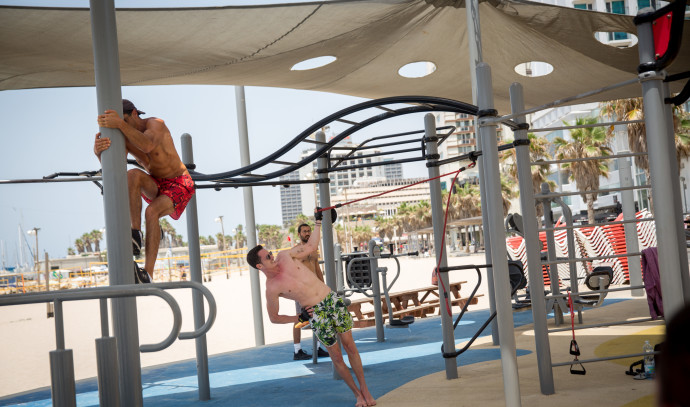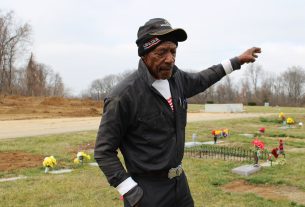Municipalities around Israel have been rushing to create outdoor exercise equipment in the belief that they are popular and being used regularly by the residents (who face municipality elections this fall).
But a new study at the University of Haifa’s School of Public Health has found that only about half of those who go to these spaces actually use them to exercise. It has just been published in the journal Cities and Health under the title “Factors impacting the use of outdoor gyms, Israel as a case study.”
Is the municipal investment worthwhile? “The use of the fitness parks for training purposes is low relative to the possible capacity,” wrote research student Iren Ran, who led the study. “The rest use the facilities for ordinary playing or resting.”
What are outdoor exercise areas used for?
Physical activity during leisure time is a protective factor against mortality in general and mortality from heart disease in particular. The recommendation to exercise during leisure time has become an integral part of the guidelines for maintaining health in people suffering from various diseases such as diabetes, heart disease and in people who are overweight, wrote Ran and Prof. Orna Baron-Epel, head of the university’s physical activity, exercise and health program.
“The advantage of fitness parks stems from the fact that their operation is mechanical and don’t require external power sources, so they don’t waste expensive energy resources and cause pollution. Also, training in the gardens is an opportunity to get out of the house and have a social meeting which, according to studies done in the past, is a significant contributor to mental health.
The two researchers chose 18 of these facilities in Herzliya, Haifa, and Nahariya whose municipalities have built fitness gardens in parks, on the seashores, and in residential neighborhoods. Observations were made on one of the days of the week and on Fridays and Saturdays in the morning and evening. A total of 979 adults, youth, and children were observed in public gyms.
They found that only 50% of the users of the community gyms engaged in training and the rest spent time on the devices but did not exercise. On average, about four people were observed per hour in each one, significantly fewer than the number of people who went there. A total of 56% of the trainees were adults (aged 19 to 60) and another 35% were 60 or older; 10% were teenagers and children.
Of the total number of users, 89% of teenagers and children preferred to use the facilities for play. In contrast, 90% of those aged 60 and over exercised. Among all those who used the fitness gardens there, boys and men were 1.5 times more likely than girls and to use them for training. The proportion of girls up to the age of 12 who exercised was slightly higher than that of boys.
Such studies have been carried out in Canada, Australia, and Poland, and the Israeli results were similar to those. However, in a minority of places, the situation was different, said Prof. Baron-Epel. In India, there were complaints about a lack of equipment, and in Taiwan, the rate of genuine exercisers was three times as high as in Israel.
It was found that in fitness gardens located in Israeli parks or on beaches, the average number of people exercising per hour was six times higher: 9.7 exercising per hour compared to 1.5 exercising per hour. Although the gardens at parks and beaches are only one-third of the total, they were more likely to be used for their original purpose, the researchers wrote.
In a pooled analysis of 358 population-based surveys with 1.9 million participants worldwide, the authors show that the age-standardized prevalence of insufficient physical activity was 27.5%. In high-income Western countries, it was 42.3%, and in women in Latin America and the Caribbeans, it was 43.7%. Insufficient activity has increased in high-income countries over time – in the US, 53.3% of adults comply with the recommended 150 minutes a week of activity, and only 19% of adolescents are physically active as recommended. In Israel, the rates of physical activity are also lower than recommended, only 29.1% of adults reported being active for at least 150 minutes a week.
Community fitness parks can provide an environment for promoting physical activity while maintaining a quiet place and accessibility for the general public, they concluded. “There is a need to find ways to encourage the public to use outdoor gyms in residential areas or invest in outdoor gyms in large public spaces adjacent to other physical activity facilities. Developing outdoor gyms suitable for women and older adults should also be a priority.
They concluded that “this situation calls for the development of environments and infrastructure that can provide opportunities for physical activity both aerobic and muscle-strengthening, equally for all residents with no cost for the user. Free and accessible infrastructure for the performance of physical activity is essential in order to prevent inequalities that exist in health between low and high-socioeconomic groups.”



